Have you ever made paper look older by soaking it in tea? We used the same idea to learn about concentrations and made treasure maps at the same time, which were great for starting to learn about directions.
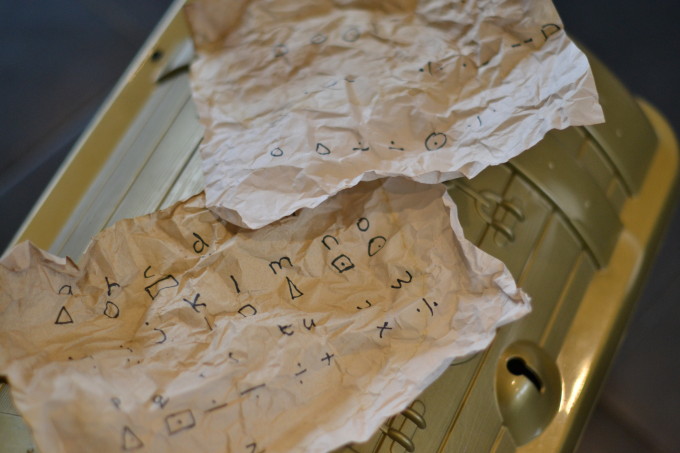
You could also use the opportunity to think about good experimental practice, what variables you have and which conditions you need to keep constant.
You'll need
Paper
Hot water - be very careful and ask an adult to help
A Tray
Pens
Tea bags
Measuring jug
Variables to keep constant
Amount of water - jug used
Size of tray
Time tea bag is left in the water/or number of tea bags
Size of paper
Time paper is left in the water
Variable to change
Number of tea bags or time the tea bag is left in the water
Only change one variable, everything else should remain constant.
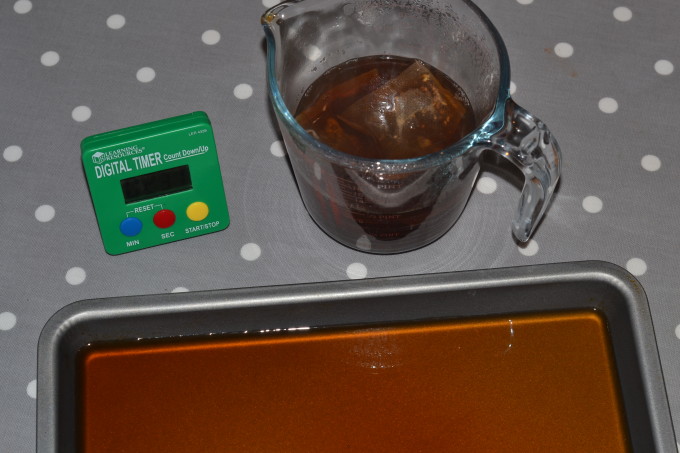
How to make a treasure map
- Measure out a quantity of water in a measuring jug that will fit into your tray nicely. Add one tea bag and leave for a set amount of time, we waited 10 minutes, which also allowed the water to cool down.
- Remove the tea bag and carefully pour the water into your tray.
- Add one piece of paper, making sure it's fully submerged.
- Leave for a set amount of time, again we waited 5 minutes, carefully remove the paper and place in an oven on low heat to dry.
- Repeat the same process but this time change one factor, you could use 2 tea bags for the same amount of time as you used one, or leave one tea bag for longer, or even leave the paper soaking for longer.
- Once dry compare the colours of the two pieces of paper, are they different?
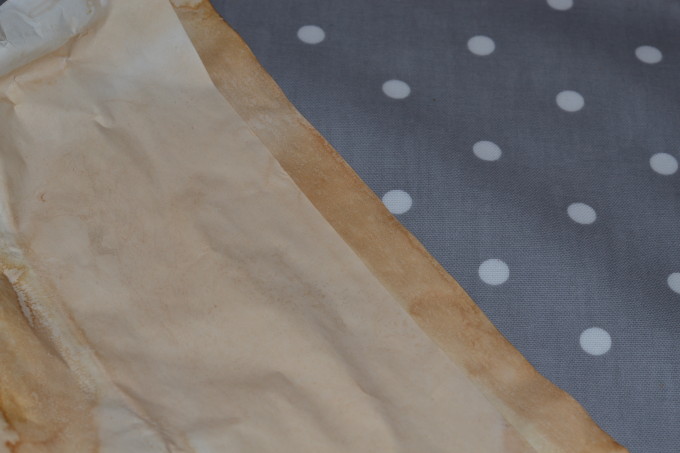
Once our maps were dry, we had a go at drawing maps for each other to follow, this was great for starting to think about where places are in relation to each other and thing about general directions.
Results
We found the map left in the stronger tea solution was noticeably darker than the weaker solution, which is what we expected. The stronger solution of tea coloured the paper more than the weaker solution.
More Treasure Map Ideas
Try comparing how the paper turns out if you use cold water instead.
Does the type of paper make a difference?
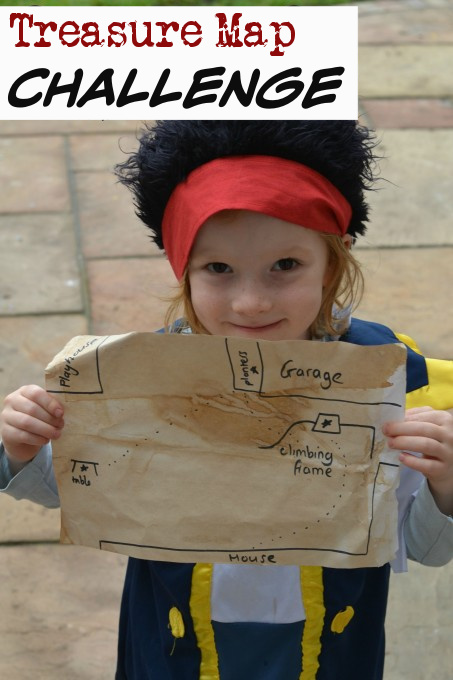
More Pirate Science Ideas
Create a code for a fellow pirate!

This gold coin number activity looks great from Fun a Day.
Practice measuring with pirate play dough!
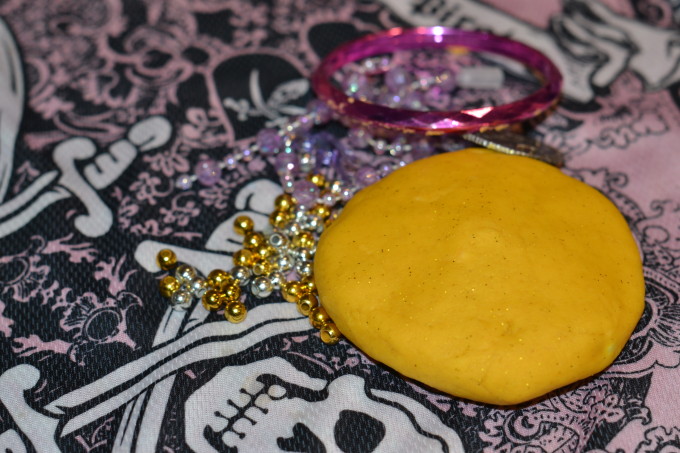
Create a pirate treasure hunt with your new treasure map paper!
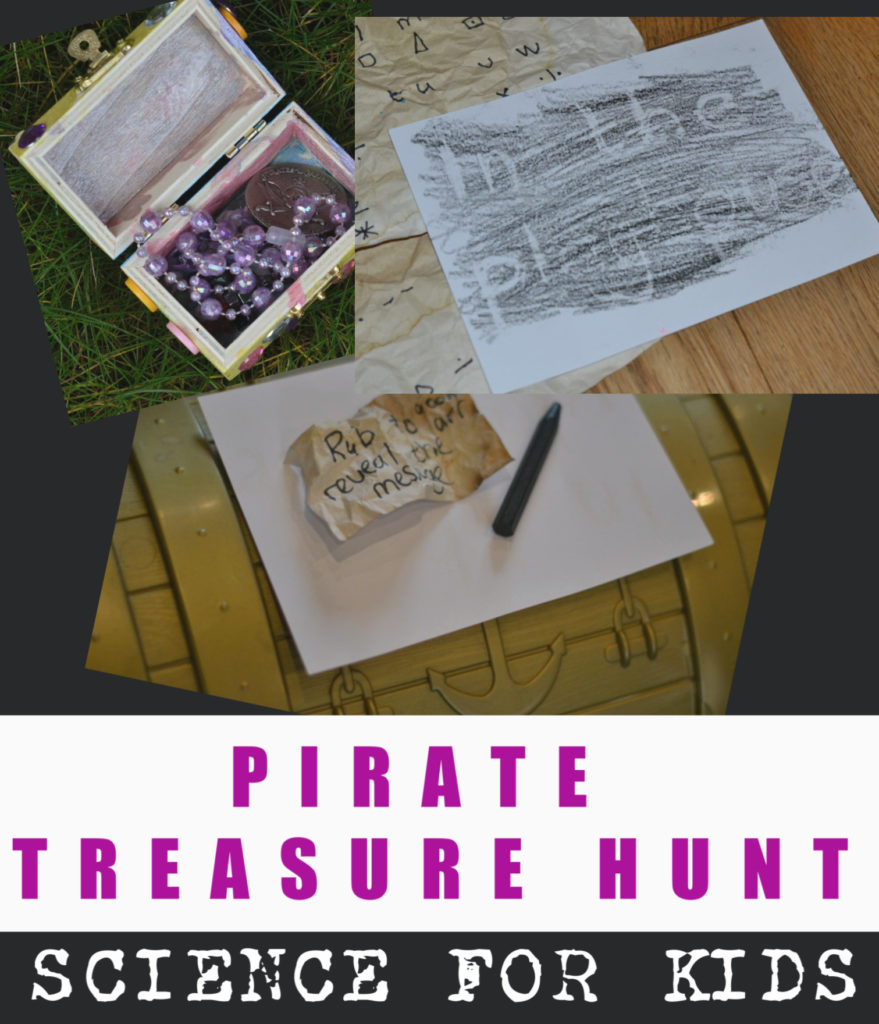
Last Updated on July 29, 2020 by Emma Vanstone
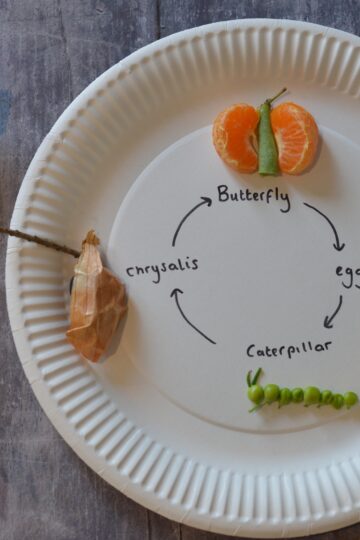
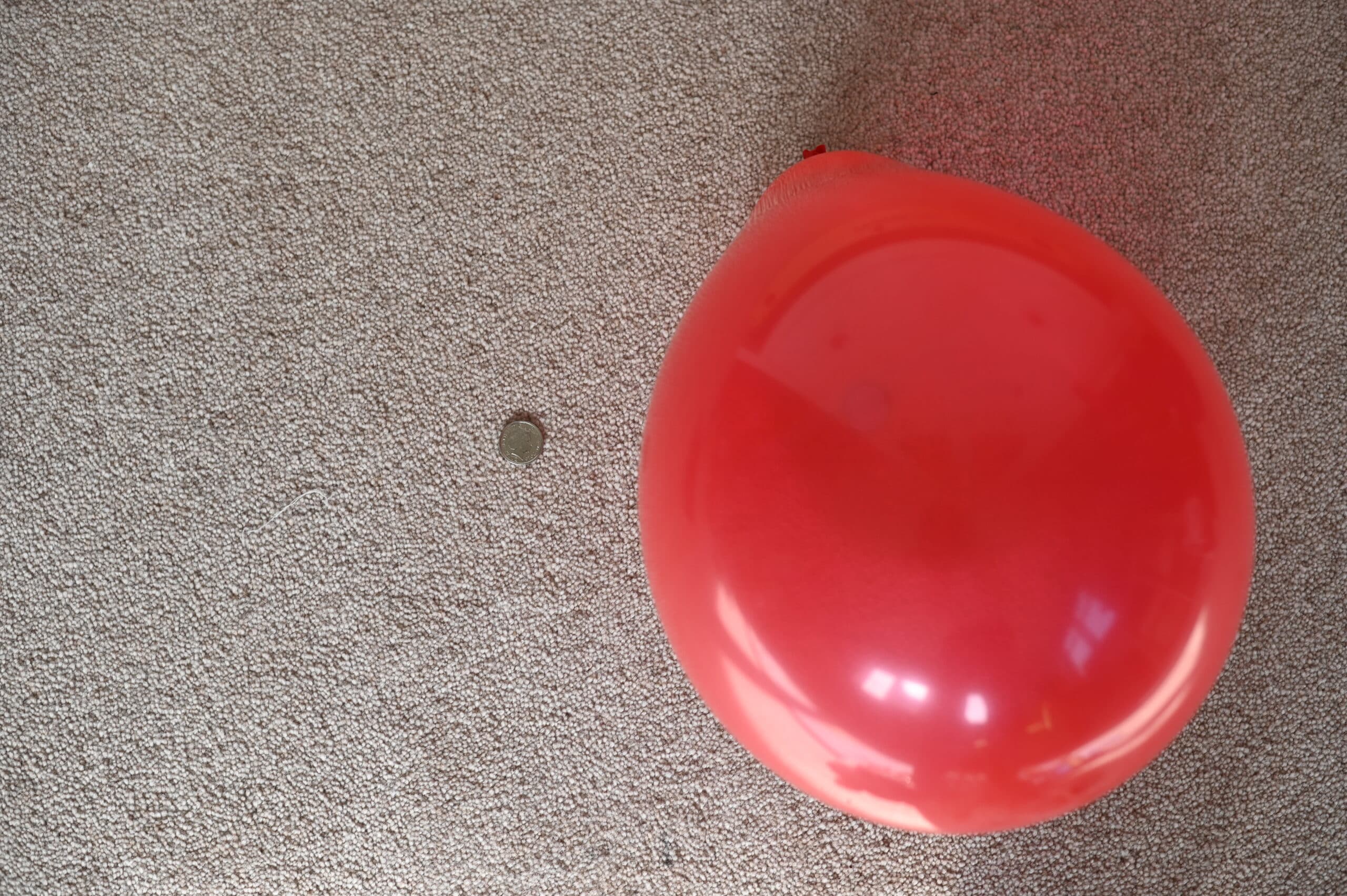
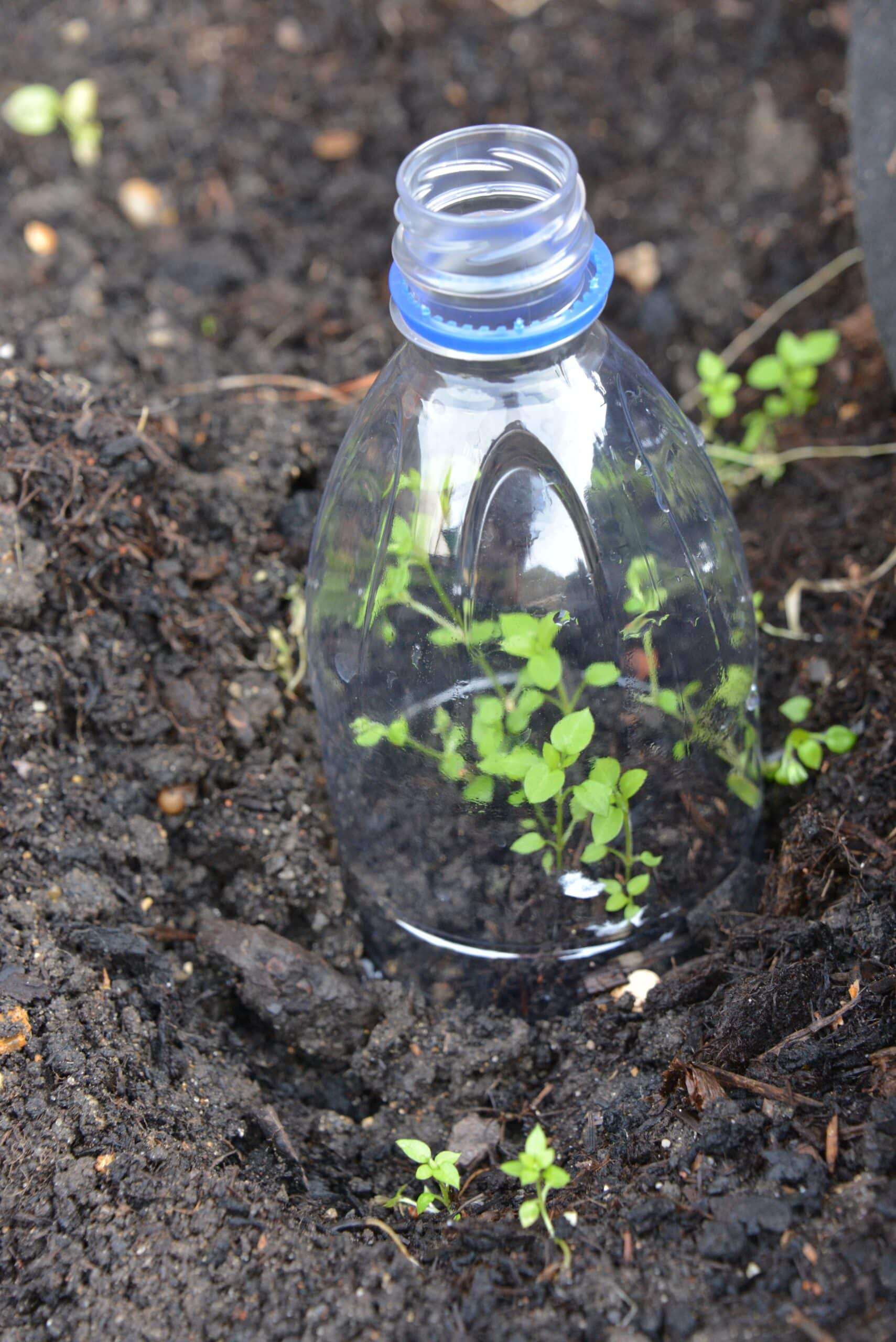
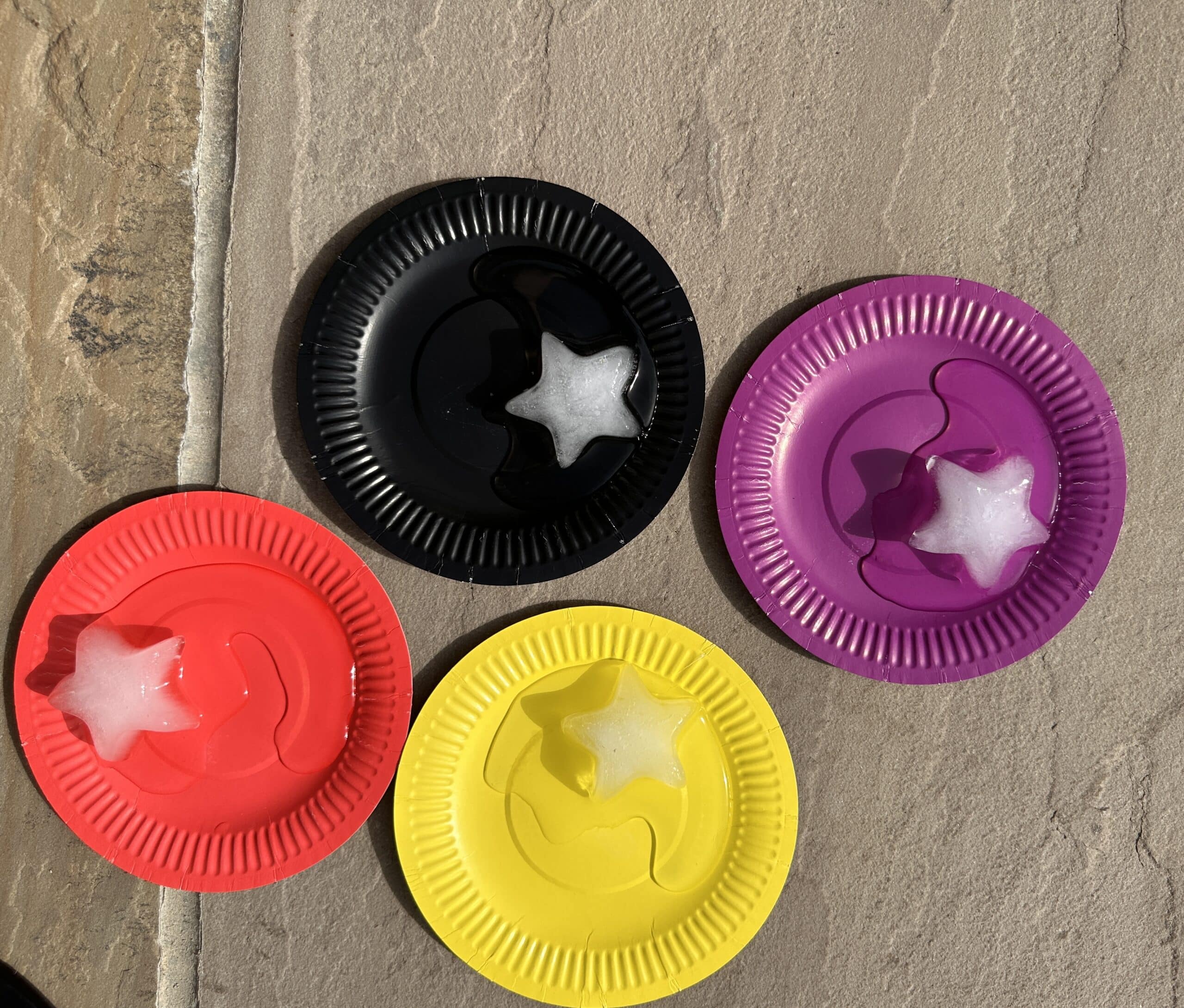
Becky says
Used to love doing this so much!